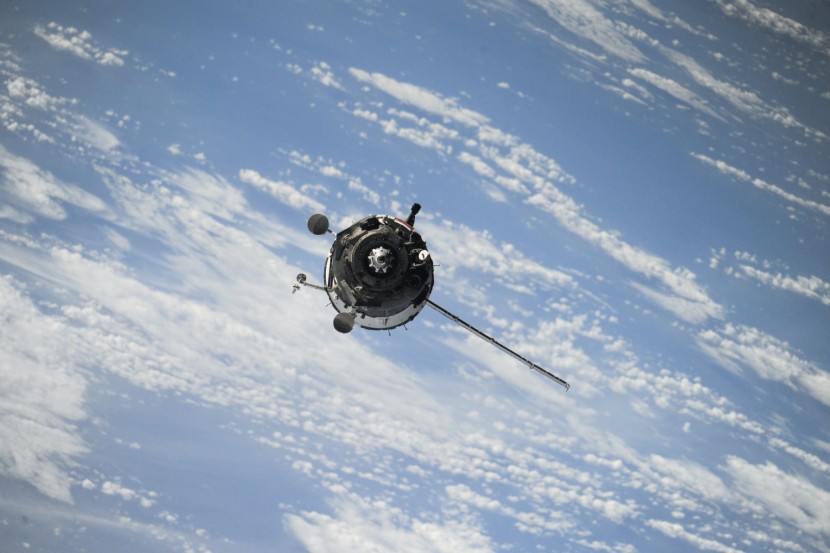
A dead NASA spacecraft, according to experts, would return to Earth over the next few days and crash into the ground.
In a report by Space.com, the US military forecasts that the decommissioned NASA satellite RHESSI will reenter Earth's atmosphere on Wednesday, April 19 (01:30 GMT on April 20), which would be within 16 hours.
RHESSI was launched in 2002 and studied the sun until its retirement in 2018.
The satellite known as RHESSI (short for "Reuven Ramaty High Energy Solar Spectroscopic Imager") is quite small. The mass of RHESSI's small size (around 600 lb/270 kg) will be turned into ash and vapor during its demise fall, according to NASA.
On the other hand, agency officials stated in an update on Monday, April 17, that they anticipate some components will survive reentry. There is a very little chance that anybody on Earth may be harmed, perhaps about 1 in 2,467.
'Crowded and Dangerous'
The impending demise of RHESSI serves as a stark warning that the orbit above Earth is becoming more crowded and perilous.
Networks across the world monitoring space activity are keeping tabs on more than 30,000 individual bits of orbital debris. The problem is that many more are just too little for them to monitor.
About a million objects, each measuring between 0.4 and 4 inches in width, are now hurtling through space at high speed, as estimated by the European Space Agency (ESA). Furthermore, there are about 130 million pieces between 0.04 inches and 0.4 inches.
The high velocity at which these fragments travel means that they may do significant damage to a satellite or a crewed spacecraft even if they make contact with them. Speeds of around 17,500 mph (28,160 kph) are reached in low Earth orbit, where the International Space Station (ISS) and many other crafts travel.
Additional space debris is produced as a result of collisions in space, which increases the likelihood of other collisions in the future. If enough of these things occur, we will have the Kessler Syndrome, a chain reaction that might severely hinder our capacity to explore and utilize space.
RHESSI's 2002 Launch
In February 2002, a Pegasus XL rocket deployed the RHESSI satellite in a low Earth orbit. Using its only scientific equipment, an imaging spectrometer that captured X-rays and gamma rays, the spacecraft investigated solar flares and coronal mass ejections.
NASA said on Monday that RHESSI had captured over 100,000 X-ray events throughout its mission, enabling scientists to examine the energetic particles in solar flares. Scientists used the imager to track their frequency, position, and motion to find out where the particles were being accelerated.
Encounters With Earth-Bound Space Junk
When it finally crashes into Earth, RHESSI will not even be the largest piece of space debris to fall to Earth unpredictably. Five days after launching the third and final module for China's Tiangong space station in November 2022, the rocket's core stage, weighing 23 tons, fell down to Earth.
That was the fourth flight of the Long March 5B, and all four of them had ended in the uncontrolled reentry of the rocket's huge core stage.
© 2026 HNGN, All rights reserved. Do not reproduce without permission.








